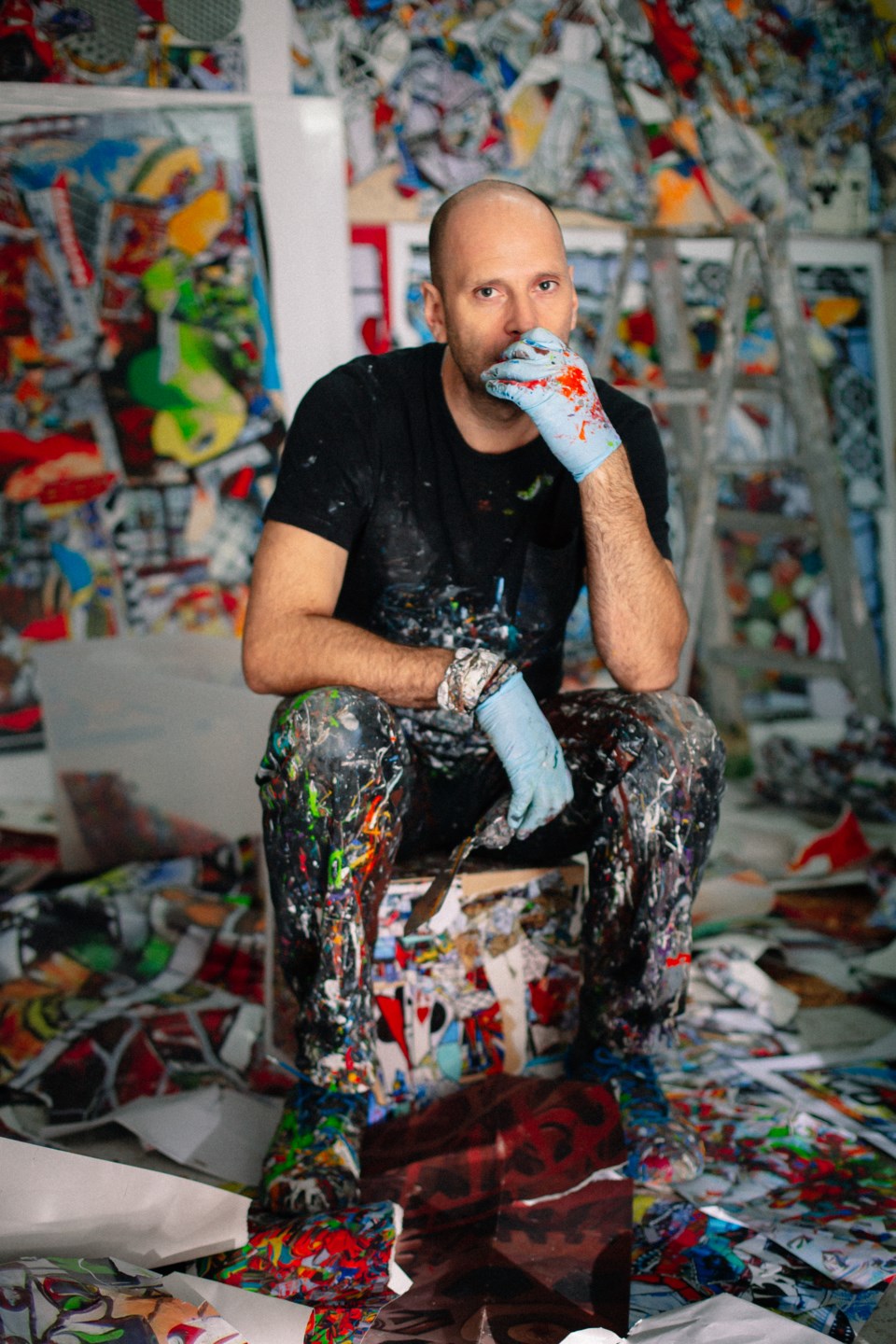Patrick Pépin was only a child when his mother grew sick with cancer. It was the Québec native’s first brush with death, cementing in him even at that young age just how fragile life can be.
When he returned from the hospital, after the doctor told him his mom wasn’t likely to make it, the first thing the young Pépin did was head straight to the garden in his backyard, where he found a pebble he used to engrave a small drawing on a larger rock.
It was, in his child’s mind, a small but meaningful act of defiance, permanence in the face of evanescence.
“As we say in French, it was the étincelle—the spark—that began to build something up in my mind. I think about leaving a trace after we die,” he recalls in a recent Zoom call. “Art is the first reflection we had since the beginning of the history of humans on Earth. You find this old cave where people tried to use blood and rock and whatever they had to leave something behind, to leave a trace of their existence. I think it was my first connection to art, when I discovered we can die.”
Pépin has been leaving his unique mark ever since. The internationally renowned abstract artist describes himself as an auto-didactic painter, meaning he often paints from a place of pure subconscious and spontaneity. He likens his approach to the “cut-up” technique popularized in the ’50s and ’60s by Beat Generation luminary and writer William S. Burroughs, which involves “cutting up” and rearranging a written text to create something new. In Pépin’s case, he will take either a poster of one of his past paintings or one of his photographs, cut it up and glue it into new arrangements, before painting and reworking it in India ink, and then starting the process all over again with the finished work, a sort of endless, self-perpetuating cycle of creation and destruction.
It also means Pépin rarely knows where one of his works will take him.
“Sometimes I am surprised by what pops out in the work and a lot of things happen without my control,” he says. “Especially when I work with pictures, because I take a picture, break it in pieces, put it together, and then I take another picture and the painting comes back into the process. So when I look at it, it’s like a wine with a lot of flavour. Many years on the same painting. Sometimes the total process of one painting is the build-up of three years of work.”
An avid traveller who has visited more than 30 countries, Pépin is heavily influenced by his wanderings, and his commonly large-scale pieces tend to evoke the feeling of a place, rather than depicting the place itself.
“The inspiration is different in every place,” he explains. “Sometimes it’s more about the vibe; like I stayed a month in the desert in Africa in the middle of nowhere, and I visited a few oases. I mean, it’s always so empty and quiet, so the paintings are less colour. But the desert only seems to be empty. It’s full of little interesting things when you look at it. You see the snake. And sometimes you find one in your shoes in the morning.”
Represented by the Whistler Contemporary Gallery in the Hilton, Pépin will be there from 12 to 4 p.m. on Aug. 7 for a live painting demo and meet-and-greet. But the Québecois artist is clear: attendees won’t get to see his usual, paint-splashing process from start to finish.
“If I do the real thing in front of people, it’s going to be a mess in the gallery and it will be really short. I don’t think they will invite me again,” he laughs.




